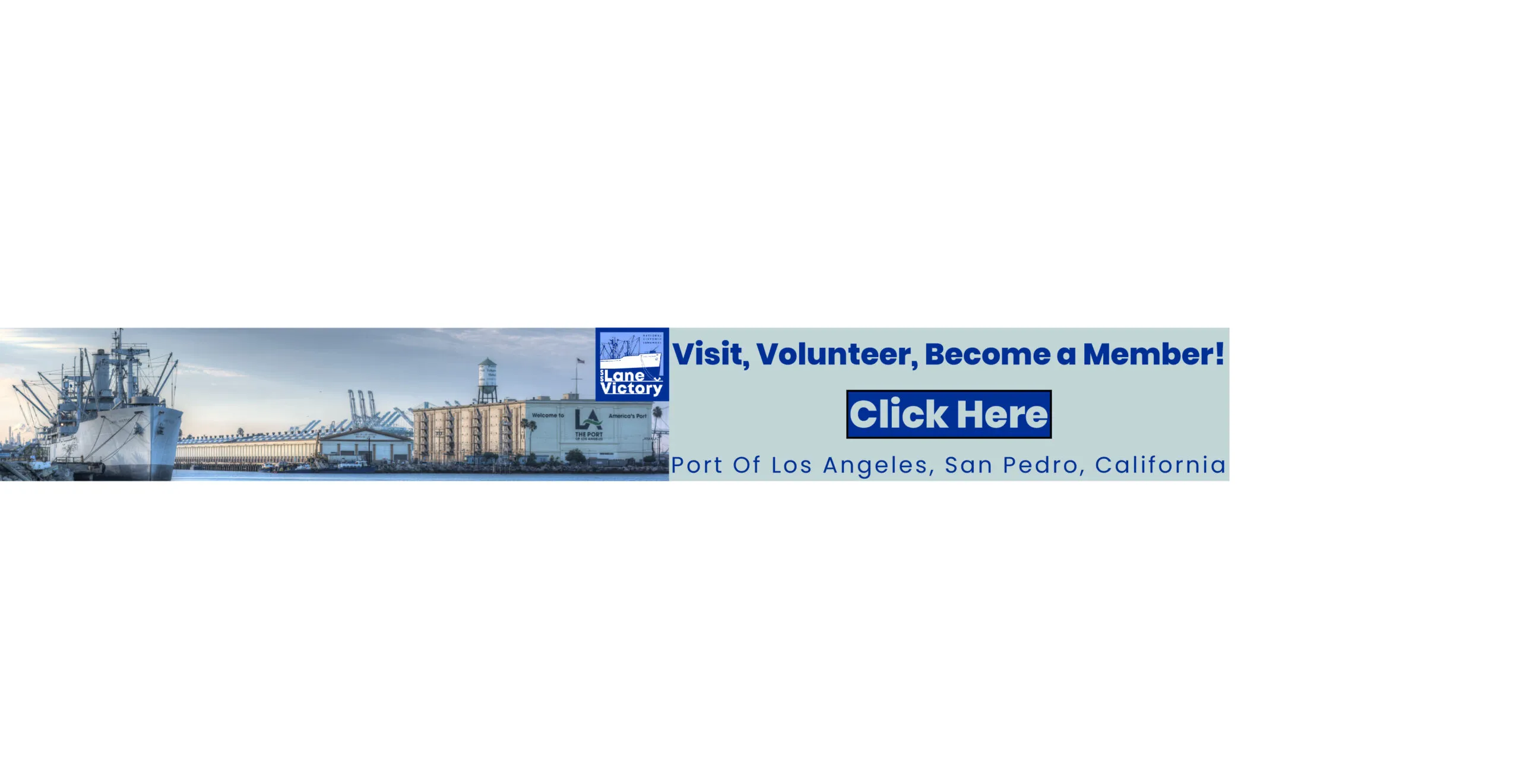
NEW YORK CITY— “This is our moment in history,” said Chris Smalls, president of the Amazon Labor Union (ALU) in front of an audience of 70 people at a Feb. 18 ALU fundraiser in midtown Manhattan, New York. “We’re going to beat this trillion-dollar company and we’re broke as hell. I won’t sleep for the next 35 days. We’ve got to stay together. We’re going to win this!”
The event was also a celebration of a step forward by the workers in their union organizing drive. A day earlier, the National Labor Relations Board (NLRB) set March 25-30 as the dates for a union representation election to take place in person at JFK8. This is Amazon’s main fulfillment center in the New York City (NYC) area, employing about 5,500 workers.
The ALU is a grassroots group organized by warehouse workers with no affiliation to any established national trade union. In addition to Warehouse JFK8, the ALU is seeking to organize Amazon’s other three adjacent facilities on Staten Island: LDJ5; DYY6; and DYX2. In fact, on February 2, as the National Labor Relations Board certified that the ALU had collected enough signatures to secure a union vote at JFK8, organizers filed petitions seeking a union representation election at LDJ5.
If enough signatures are certified at that facility, the parties — ALU treasurer Mattie Wesley said the ALU, NLRB, and Amazon are to meet in court on March 7 to iron out the details of the LDJ5 election.
Workers overcome many obstacles
Workers have faced and overcome many obstacles so far on the road to securing their first election at an Amazon fulfillment center in New York.
Amazon fired Smalls in March 2020 after he led a walkout at JFK8 to protest unsafe working conditions during the pandemic. “We had a week-long sit-in in the warehouse cafeteria, followed by a walkout,” Smalls toldWorld-Outlookin a November 1 interview. “The company singled me out for organizing the protest.” New York’s state attorney general has filed a lawsuit against Amazon alleging Smalls’ firing was retaliatory.
Last April, Smalls and other organizers set up a tent outside the JFK8 warehouse, where they have been hosting barbecues and collecting signatures from workers on cards calling for a union election.
The ALU filed its initial batch of signatures with the NLRB last October, as soon as they estimated they had surpassed the threshold of 30% of the workforce signing union cards, which labor law requires to trigger a union representation vote. But the ALU withdrew that petition on November 12 when a card check showed workers did not yet have enough valid signatures for an election.
When workers file for a union representation election, the labor board uses company payroll records to determine if it deems signed union authorization cards valid, according to NLRB spokeswoman Kayla Blato. If a worker signed such a card months earlier, and he or she no longer works for Amazon as of the date of the union filing, the signature is ruled invalid.
The high turnover rate at Amazon is one of the biggest challenges union organizers face. Even before the pandemic, which increased attrition across the labor market, the turnover in Amazon’s workforce was roughly 150 percent a year, almost double that of the entire retail and logistics industries. This means that workers who have signed union cards may no longer be working at Amazon when the union files its petition with the NLRB, or a representation vote takes place. This appears to be the reason the initial ALU signature filing was insufficient
ALU organizers remained undeterred, however. In December, they refiled for a union vote after signing up more workers. This time they were successful, as more workers have become fed up with job conditions at Amazon.
“We want better working conditions longer breaks, better medical leave options, and we want higher wages,” Smalls explained in a Nov. 1 interview with Random Lengths News.”
The fast pace and long work hours have frequently resulted in injuries ― a concern of many workers.
“We often work 10- to 12-hour shifts,” Smalls said. “On top of that, many workers have two hour-long commutes. The amount of physicality you need to work at Amazon is extreme.”
Exhausting commutes
Cassio Mendoza is an ALU organizer who has worked at JFK8 for nine months. Like others, he chooses to work the night shift, 5:45 p.m. – 5:30 a.m. because it pays $2 more per hour. The shift is supposed to end at 4:30 a.m., but Amazon has instituted mandatory overtime, he said.
The only way to get to the Amazon warehouse by public transportation is to take a subway (or bus and subway) to the ferry, then take the ferry from lower Manhattan to Staten Island, and then take another bus from the ferry to the warehouse.
“The problem with the bus at the ferry terminal is that it is so crowded with Amazon workers you often can’t get on and have to wait for the next bus,” Mendoza said.
“This causes some workers to be late,” Mendoza explained.
They can try to use their ‘personal time’ to make up for the lateness. But if they don’t have any left they will likely be fired.
“The bus that takes workers from the warehouse back to the ferry is so crowded that you’re lucky if you can find a seat,” Mendoza said. “So, after working ten to twelve hours you might have to stand for as long as another hour!”
Mendoza added that one of the demands of the ALU is to get Amazon to supply shuttle-bus service from all five boroughs to the warehouse in Staten Island. Amazon has distribution centers in every borough so it could be organized to ensure there are multiple pickup points throughout New York City.
He pointed out that FedEx already does this for their NYC employees, transporting them to the massive FedEx hub at Newark Airport.
Mendoza said that as an ALU organizer, his job is to talk to his coworkers, address their concerns, answer their questions, distribute literature, and recruit people to join the organizing committee. ALU organizing meetings take place four times per week, one for every shift on Amazon property, in the break room, off the clock.
Amazon is forcing all employees into “anti-union classes,” Mendoza noted.
“They take place every day. Since no one believes what Amazon says, there is a growing curiosity about the union. Word is spreading. Everyone is taking it more seriously, but we still have a lot of organizing to do.”
Amazon proposed conducting the vote in the same room where the anti-union meetings take place, Mendoza pointed out. “We objected to that and got them to agree to build a 100-foot heated tent outside the warehouse.”
‘Every worker needs a union’
Tristan “Lion” Dutchin started at JFK8 in March of last year. “I joined the ALU in April 2021 because Amazon had been harassing me nonstop.” “Joining the ALU has been a great experience. I am a shy person by nature, but connecting with the ALU organizers has given me self-respect and self-confidence. Now I am able to give advice to coworkers. Every worker needs a union. We deserve to be treated like human beings, not machines.”
Other workers painted a similar picture.
Karen Ponce has been working at Amazon for one year. Like Mendoza, she too chooses to work the grueling night shift for the extra $2 per hour.
“At first I was very hesitant because I didn’t know my rights,” the newly hired worker said. “I was scared. I was written up my first week at work. My manager said I was away from my workstation for too long.”
She said they were told to drink plenty of water to keep hydrated.
“I had to go to the bathroom,” Ponce said. “Given the enormous size of the warehouse, it is hard to do that in the allotted ten minutes.”
After thinking it over for six months, Ponce joined the ALU. She is now ALU Secretary.
“Now that I know my rights, I am gaining confidence every day,” she said. “I am learning new skills.”
Ponce said the same day she started working at JFK8, Amazon fired her sister. Her sister’s boyfriend was also fired. They are hoping to be rehired, which can take up to a year. This is not an uncommon experience. Next year, when Ponce’s younger sister is old enough, she plans to apply for a job at Amazon too.
Jason Anthony is another stalwart of the organizing drive. Like so many others, he too was fired for taking “too much time off.” He needed the time to deal with a medical problem, he explained. He had to reapply for his job. It took him 18 months to get rehired.
There are indications the ALU is widening its support at JFK8 beyond the more than 2,000 workers who have signed union authorization cards.
Two people who were selling ALU T-shirts at the fundraiser, a young woman who identified herself by her last name as Suarez, and a young man, Michael Aguilar, said they had joined the union effort over the last month.
At the same time, ALU organizers know they face a powerful enemy. Amazon, the second-largest employer in the United States (with 1.1 million workers) after Walmart, has left no stone unturned to defeat the union efforts.
Amazon anti-union text sent to employees’ phones
Amazon holds captive audience meetings multiple times every day where workers are forced to hear a PowerPoint presentation from a union-busting law firm telling workers why they should vote against the union, Anthony pointed out. Amazon also sends anti-union texts to workers’ personal phones.
“During the month of March, I’m going to be out there campaigning for the union every single day,” Anthony said.
ALU vice president Derrick Palmer spoke after Smalls.
“The labor movement can change the world,” Palmer noted. “Once we win in Staten Island, we will follow the lead of the Starbucks workers and organize everywhere there’s an Amazon facility. Amazon refers to us as a ‘third party’ but that’s nonsense. We’re the workers who are fighting for the workers.”
“The ALU has been an extended family for me,” Anthony said. “You are my brothers and sisters.”
Robin took the mike next. She doesn’t work at Amazon. She is one of the 850 workers permanently laid off from the Marriott Marquis hotel in midtown Manhattan. “I worked there for 30 years,” she said. “They used the pandemic to get rid of the food and beverage department two weeks before Christmas. The hotel never closed. Management took over our jobs. I’m very shy but I came here to tell you: You need a union. We didn’t have one. You’ve got to hang in there and fight.”
As a recent ALU newsletter pointed out, winning the right to a union vote at JFK8 coincided with a new union vote at the Amazon warehouse in Bessemer, Alabama.
Last spring, a majority of the Amazon workers in Bessemer who cast ballots on representation by the Retail, Wholesale, and Department Store Union (RWDSU) voted against unionizing, in a setback for labor. But later, federal labor officials scrapped that election and ordered a new one, ruling that Amazon’s anti-union campaign had tainted the results.
In early February, ballots went out again to 6,100 Amazon workers at the Bessemer warehouse. Workers are voting by mail; the hand-tally of ballots is set to begin on March 28 and is expected to last several days.
The sale of ALU T-shirts and the auctioning of original ALU posters at the February 18 event raised money for the New York organizing drive.
Everyone can help this union effort by contributing to the ALU’sGoFundMeaccount. You can find the ALU’s newly revamped websitehere.


